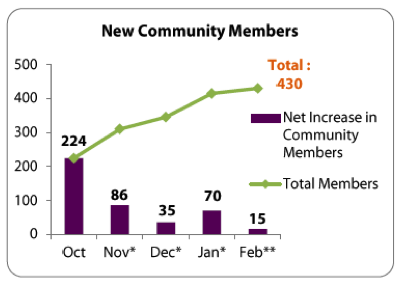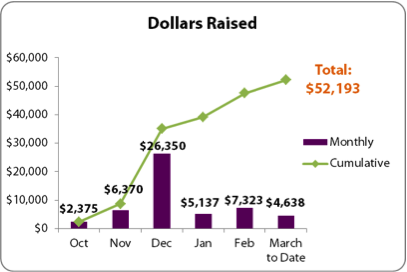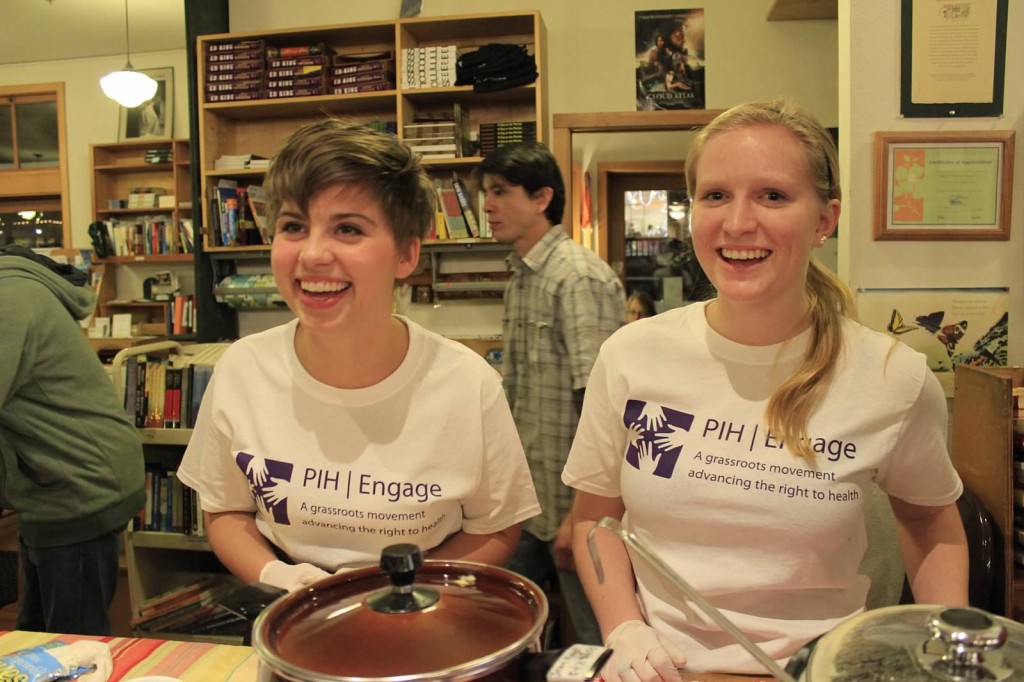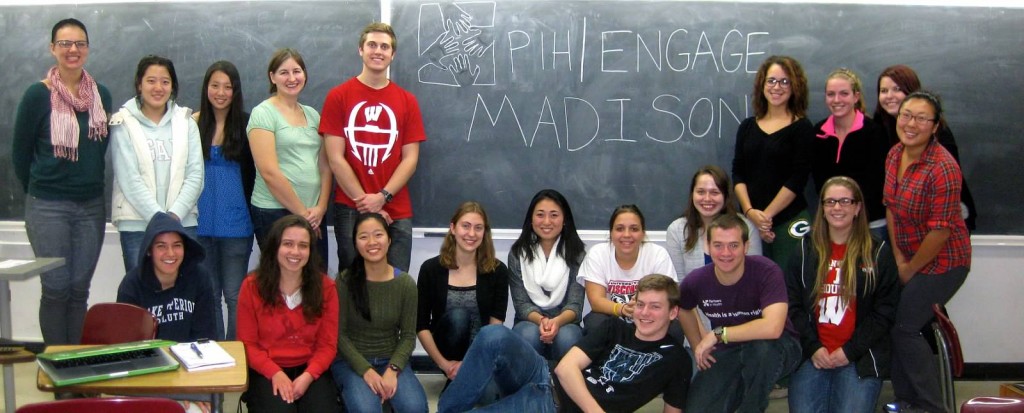Working with the PIH | Engage National Team, our research focuses on the existence and possible advancement of global health curricula at the high school level. The methodology of our research – the final project of which will be a case study – is interview-based. We have been exploring the ways in which three current high school teachers are incorporating global health issues into their curricula. The aim of our project is to create a picture of the models and structures behind each teacher’s global health curriculum, in order to explain the development, implementation, and advancement of their curriculum within their respective schools. The valuable knowledge these teachers have shared with us will hopefully serve to inspire and empower fellow high school teachers interested in global health, and open the discussion on the broader expansion of these curricula.
The three public high school teachers interviewed for this case study project include: Jeffrey Shea, a Social Studies teacher at Belmont High School in Massachusetts, teaching a “Global Leadership” elective course to 11th and 12th grader students; Matthew Cone, also a Social Studies teacher, teaching two elective courses titled “Global Issues” to 10th through 12th grade students at Carrboro High School in North Carolina; and Bradley Lewis, an Advanced Placement Statistics teacher who teaches mostly 11th and 12th grade students at Bainbridge High School in Washington.
Thus far, we’ve conducted first-round qualitative interviews with each teacher, focusing on the teachers’ process of curriculum development and implementation, as well as the content of the curriculum itself. The responses we received from each informant far exceeded our initial expectations, and fueled our excitement and passion for this project.
One teacher provides insight on how to incorporate global health issues into a rigid Advanced Placement curriculum… Another talks about the his global health unit, during which he brings his entire class on a field trip to Partners In Health… And the other describes the way in which his course has empowered and inspired his students, particularly minority students, who previously had self-ascribed low expectations. Most notably, however, is the fact that all three teachers stated how this topic meets their students’ passion for learning about injustice, and desire to learn about the world: giving us great hope regarding the potential for change underlying the expansion of global health curricula at the high school level.
The fact that none of the teachers teach an entire class dedicated solely to global health reflects the interdisciplinary nature of global health, and therefore its ability to be easily integrated into a broader curriculum. We believe the foundational knowledge that a global health high school curriculum could provide to students would inspire and prepare a new generation of young leaders to take on major issues facing our modern world.
We believe in the power of collective movement building, and think that high school students are often an underestimated, underutilized group filled with passionate individuals yearning to make a difference in the world. For this reason, we hope this research has the potential to inspire other high school teachers to educate a new contingent of movement builders: young leaders with the potential to advance the goal of establishing health as a human right.
We are still in the midst of interviewing and gathering our research data. But, we are excited to share our results and some ideas for the future of expanding global health education and critical discussion amongst high schoolers in the U.S.
—–
Post was written by Kristine Quiroz and Victoria Oliva.
Kristine is a Junior at Harvard University studying Anthropology and Global Health and Health policy. Born and raised in Southern California, Kristine enjoys going to the beach, hiking, and film/video editing. She is excited about her work thus far with Partners in Health, and hopes to continue doing global health work into the future.
Victoria is a junior at Tufts University majoring in Community Health and Anthropology. She is from Amherst, Massachusetts and enjoys photography, traveling, and playing piano. She is really excited to be interning with Partners In Health this semester and plans to pursue a study of global health in the future.





